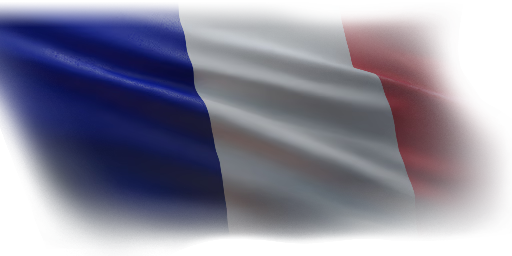
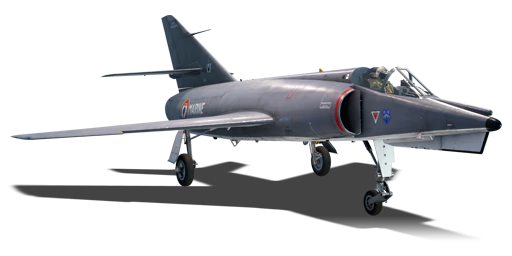


Following a collaborative effort between Dassault Aviation and Breguet Aviation in the late 1950s to develop a new strike fighter meeting the requirements of the French Navy, the Etendard IVM entered service in 1962. The aircraft boasted a delta wing configuration and was equipped with a single SNECMA Atar 8 engine, affording it respectable speed and range. The Etendard IV played a notable role during the Cold War era as a carrier-based platform, carrying a variety of munitions, including air-to-surface missiles and anti-ship weapons. Despite its service longevity, the Etendard IVM gradually succumbed to obsolescence, with its final retirement from active duty occurring in the early 2000s, marking the end of an era for this stalwart of French naval aviation.
Introduced in Update 1.95 "Northern Wind", the Etendard shines as a true "jack of all trades yet master of none" at its battle rating. The aircraft has incredible guided CAS ordnance for its BR in ground mixed battles, and in air-to-air engagements, the aircraft can take lower end missiles and the powerful DEFA 552 cannons to utilize its incredible unloaded performance in dogfights. The many lessons learnt using the Etendard will be crucial for future French jets, and players who enjoy the Etendard should look forward to the Super Etendard following it in the tree, which as the name implies, is better in almost every way.
flaps
flaps
flaps
brake
| Name | Weight | Slot | ||||||
|---|---|---|---|---|---|---|---|---|
| 72.6 kg | 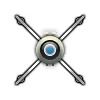 |  | ||||||
| 18 × | 183.9 kg | 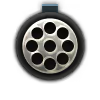 |  |  |  | |||
| 242.6 kg |  |  |  |  | ||||
| 247 kg |  |  |  |  | ||||
| 143.8 kg | 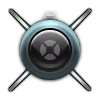 |  | ||||||
| 520 kg | 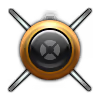 |  | ||||||
| 446.8 kg |  |  | ||||||
| 400 kg |  |  | ||||||
| 111.2 kg | 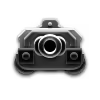 |  | ||||||












Flight performance | |
|---|---|
Survivability |
|---|
Weaponry | ||
|---|---|---|